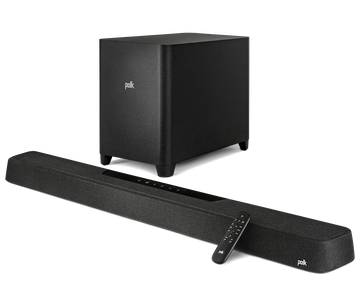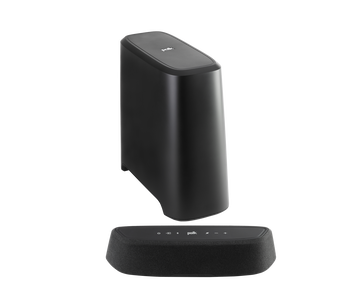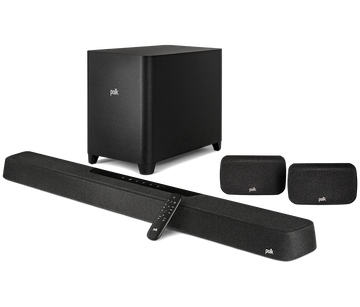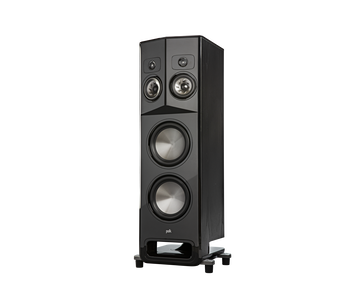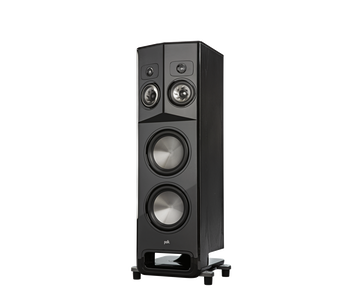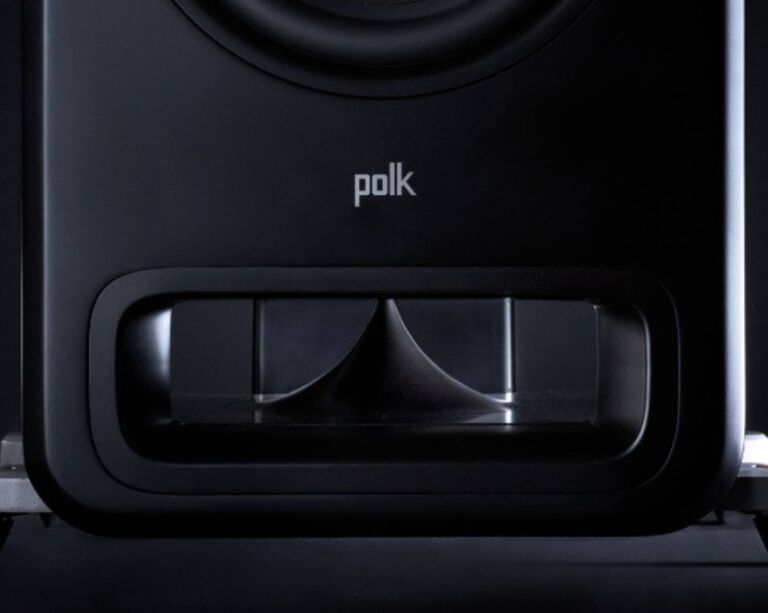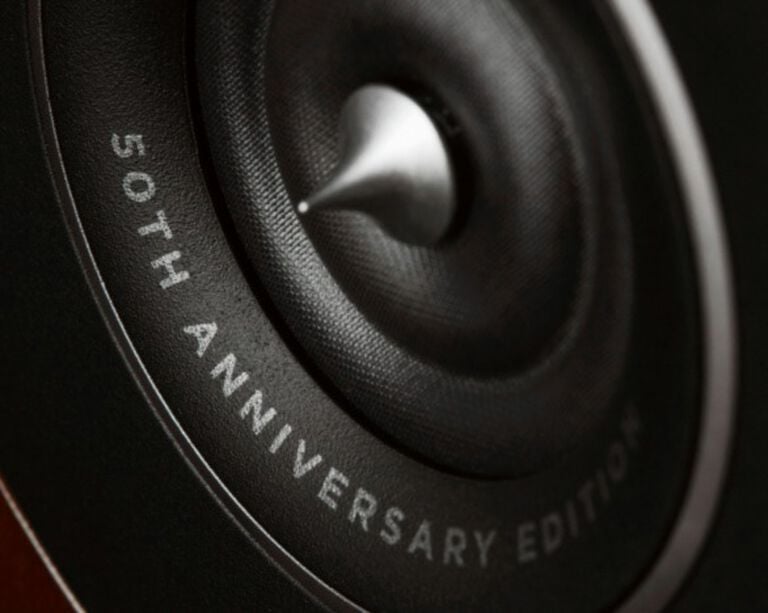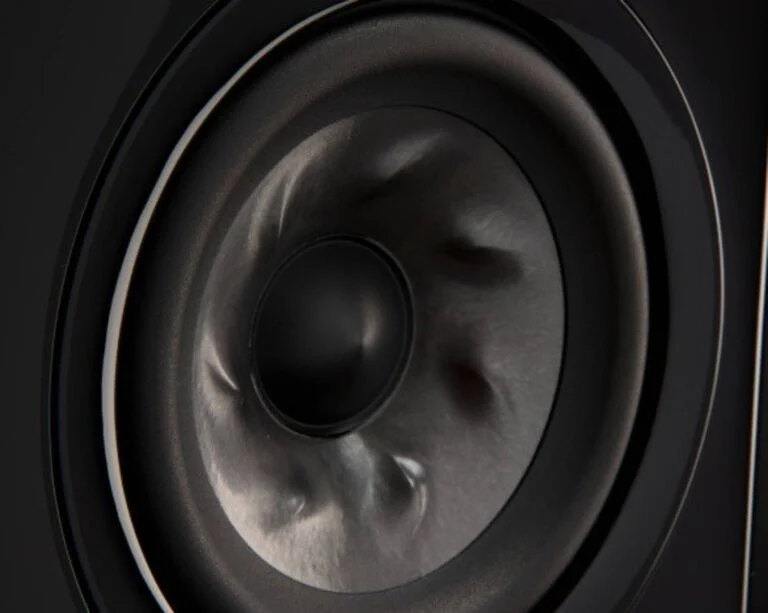Stereo, Supersized: Inside Polk Sda Technology
Article written by SARAH JONES
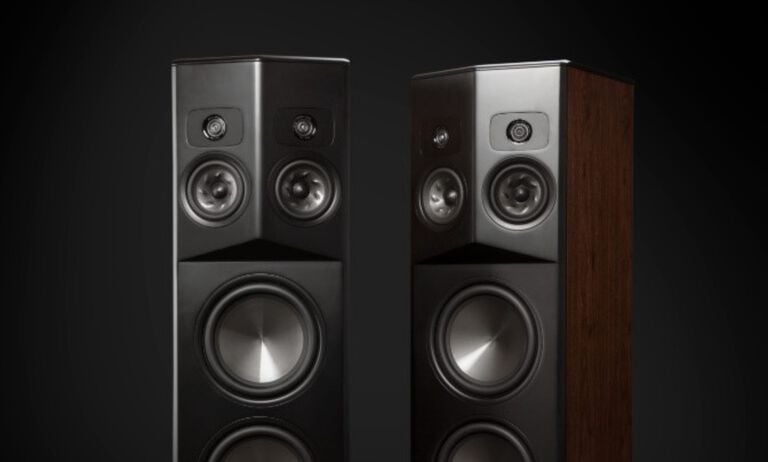
Try this little experiment: Close our eyes and listen to the sounds around you. Notice how you can easily tell where sounds are coming from, even when you can’t see them?
Our ears rely on cues to help us locate sounds. When something—a musical instrument, for example—produces a sound, that sound arrives at our closest ear first. By the time the sound reaches our other ear, it’s a little bit delayed, and a little bit softer.
Our brain processes these subtle differences in time and intensity (and to a lesser extent, the sound’s frequency makeup) to pinpoint the location of a sound. It’s one of the ways humans and animals detect threats. This same localization process lets us experience the three-dimensional sound of a live concert: the placement of the performers, the size of the hall, and our position in that space.
When that performance is recorded and replicated on two stereo speakers, the left speaker reproduces left-channel information while the right channel produces right-channel information. The channels are reproduced separately, but the instant the sound enters the room, the channels are no longer separated. We hear the sound coming from the left speaker in our left ear, and the sound coming from the right speaker in our right ear—but we also hear some of the sound from the left speaker crossing over into our right ear, and vice versa.
This natural distortion, called interaural crosstalk, makes it difficult to tell where sounds are coming from, like we can in the real world.
When we listen to traditional speakers, we’re getting sound cues about where the speakers are located, instead of the location of the sounds in the mix as they were meant to be presented. This tells our brain that the soundstage is constrained between the speakers. A lot of the spaciousness and sonic realism of the original recording is lost.
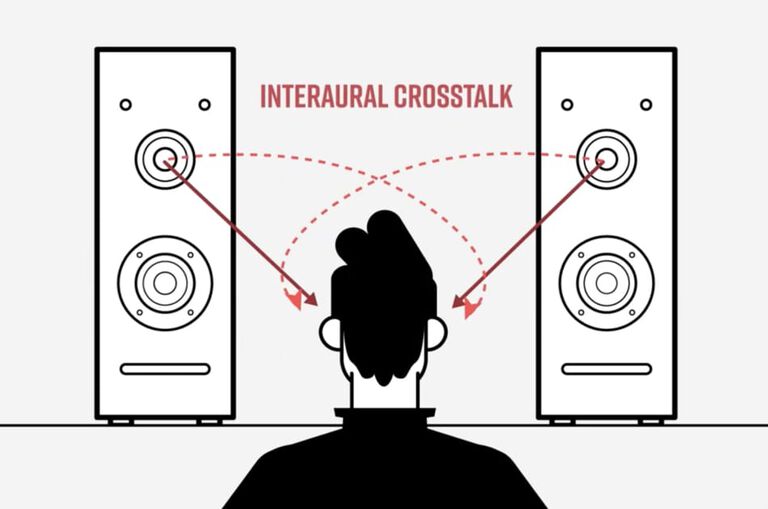
The SDA Solution for True Stereo
At Polk, we weren’t the first people to recognize this phenomenon, but we were the first to solve the problem acoustically with our Stereo Dimensional Array, or SDA, which we developed back in the 1980s.
Polk speakers and sound bars with SDA technology have a second set of drivers, called a dimensional array, alongside their traditional drivers. These SDA drivers produce a signal that’s out of phase with the interaural crosstalk signal coming from the opposite channel. (Phase cancellation occurs when two sound waves of the same frequency are 100 percent [or 180 degrees] out of sync, nulling each other out.)
When these signals arrive at your ear at the same time, they cancel each other out, leaving only the good, or true, stereo signal. Since the crosstalk is gone, our brain stops localizing sound to the speakers and the soundstage opens up. Sonic images are reproduced with pinpoint accuracy as if the performance was happening live, right in front of you. Recordings come to life with extraordinary depth, and spaciousness, whether you’re enjoying your favorite movie or playlist. And, it’s all done without altering the recorded material in any way.
Check out SDA in action:
SDA technology does not require any special additional components. It works with any content, and complements immersive sound technologies like Dolby Atmos and DTS:X.
With SDA, you’ll experience startlingly lifelike, expansive sound that draws you right inside the action, whether you’re listening on component speakers or a sound bar. In short, it’s stereo the way stereo was meant to be heard.
